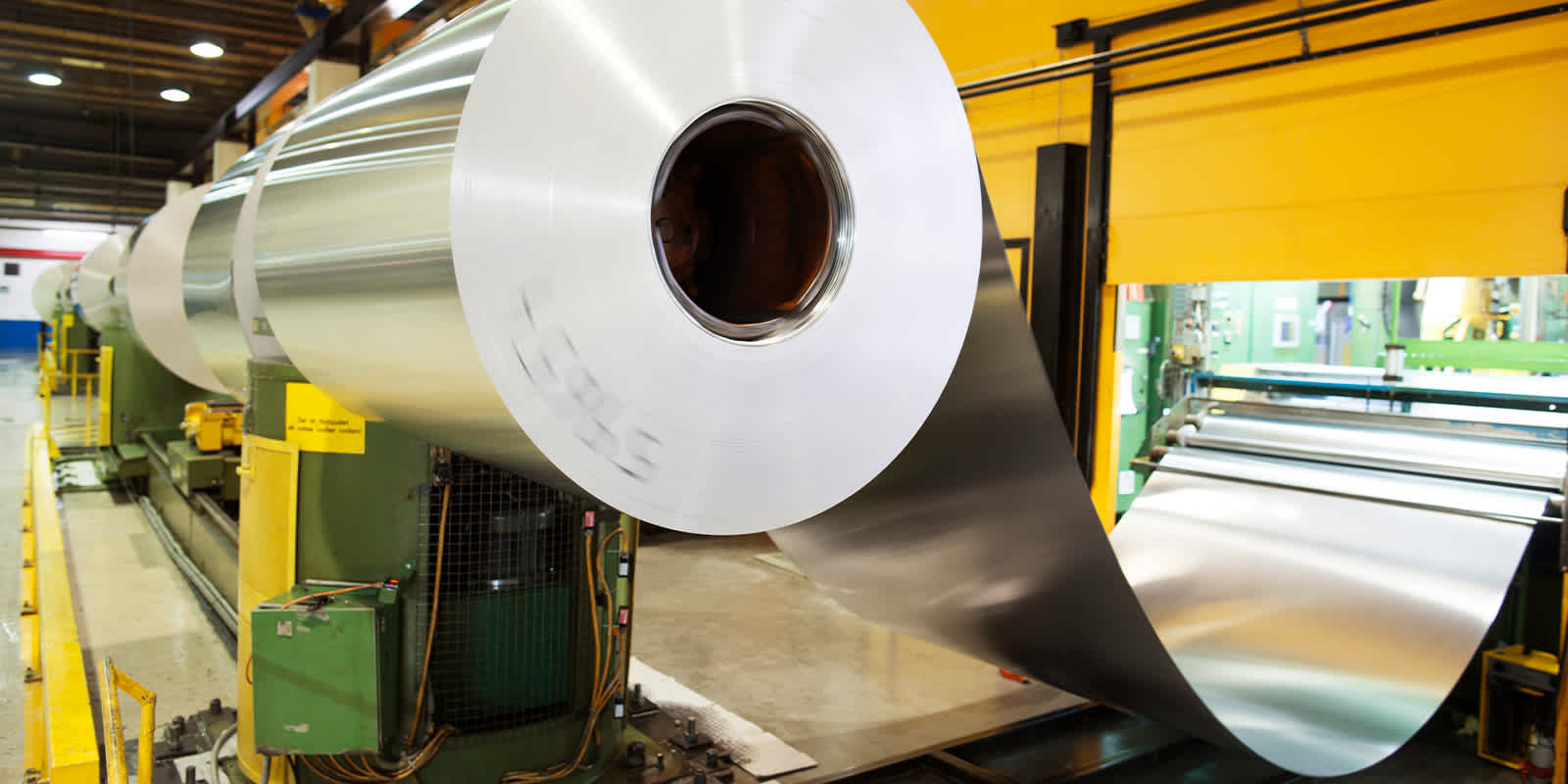
November 2, 2021
EU, US Strike Steel Deal, Slash Consumer Goods Tariffs
EU, US Strike Steel Deal, Slash Consumer Goods Tariffs
A new deal between the EU and U.S. should slash duties on trade in steel, aluminum and a wide range of consumer goods where tariffs have had a material impact on trade in the past three years.
The EU and U.S. have reached a tariff agreement covering steel, aluminum and a wide-range of consumer products that have been in place since 2018.
The U.S. will suspend Section 232 “national security” tariffs on imports of steel and aluminum from the EU and replace it with a tariff-rate quota system based on 3.3 million metric tons of steel and 384,000 metric tons of aluminum. In return, the EU will suspend retaliatory duties on 340 consumer goods products (defined at HS-8).
Tariffs Worked For Steel, Aluminum Producers
The application of tariffs to U.S. imports of certain steel and aluminum products under the Section 232 program started in March 2018 and has been repeatedly adapted. The most significant change was the removal of duties from imports coming in from Canada and Mexico as part of the USMCA trade deal negotiations.
The Department of Commerce has indicated that negotiations are also ongoing with the United Kingdom and Japan, while the South Korean government has also reportedly expressed an interest in reviewing arrangements.

Flexport’s calculations, based on U.S. Census Bureau data and shown in Figure 1, show that U.S. imports of steel and aluminum products covered by these duties fell by 17.0% in the 12 months to Aug. 31 compared to calendar year 2017.
Shipments from the EU specifically have fallen by 28.4% while those from Canada and Mexico increased by 14.9%. Recent commodity price inflation has likely flattered those figures, but the marked drop in imports may indicate tariffs have worked in making imported steel and aluminum less economic.

Another sign of effectiveness comes from whether U.S. manufacturers have been able to scale up their operations. In that regard, the capacity-utilization rate of the iron and steel sector, based on Federal Reserve data and shown in Figure 2, has increased to an average of 84.5% in Q3’21 compared to 73.0% in 2017.
That exceeds the 80% rate cited in the Commerce Department’s original analysis as being necessary for the long-term viability of U.S. steel and aluminum producers, and was the highest since Q3 2008. That’s by no means conclusive of success though given overall capacity utilization in U.S. manufacturing has shown a similar but less extreme performance.
Consumer Goods Buyers, Sellers Paid the Price
Removing tariffs in favor of quotas may have an uncertain impact on U.S. steel and aluminum producers, though the American Primary Aluminum Association appears supportive.
It’s not just metals producers who are affected by the new deal: The impact of the reduction of duties on imports could be significant.
The 25% duties on steel and 10% on aluminum may have been worth as much as $1.03 billion in the 12 months to Aug. 31. The cut in costs come as industrial supply chains face significant cost inflation, as discussed in Flexport’s Sept. 17 research.
There should also be a tangible impact on consumer goods trade both in terms of reduced costs for EU importers and improved competitiveness for U.S. exporters. Tariffs were set at between 10% for cosmetics and 50% for furniture and home appliances.

Flexport’s analysis shows that total U.S. exports of products covered by retaliatory tariffs may have fallen by 31.2% in the 12 months to Aug. 31 versus calendar year 2017.
The hardest impact has been felt by motorcycles which fell by 77.8% while exports of jewelry and cosmetics dropped by 46.8% and 38.7% respectively.
Part of the downturn may be due to the impact of the pandemic though total shipments have only risen by 3.5% in the past 12 months. For context, exports to the EU not covered by the retaliatory duties rose by 12.6% in the past 12 months versus 2017.
The tariff situation for consumer goods imports into the EU from the U.S. will likely remain dynamic. There will be ongoing tracking of EU steel and aluminum exports versus “historically-based volumes” with a great many details left to define. Indeed, the agreement represents an extension of managed trade rather than liberalization, and the Section 232 measure itself remains firmly within the Biden administration’s toolbox.
Close monitoring of customs arrangements is a vital part of any successful supply chain. Flexport is here to help.
Disclaimer: The contents of this report are made available for informational purposes only and should not be relied upon for any legal, business, or financial decisions. Flexport does not guarantee, represent, or warrant any of the contents of this report because they are based on our current beliefs, expectations, and assumptions, about which there can be no assurance due to various anticipated and unanticipated events that may occur. This report has been prepared to the best of our knowledge and research; however, the information presented herein may not reflect the most current regulatory or industry developments. Neither Flexport nor its advisors or affiliates shall be liable for any losses that arise in any way due to the reliance on the contents contained in this report.





